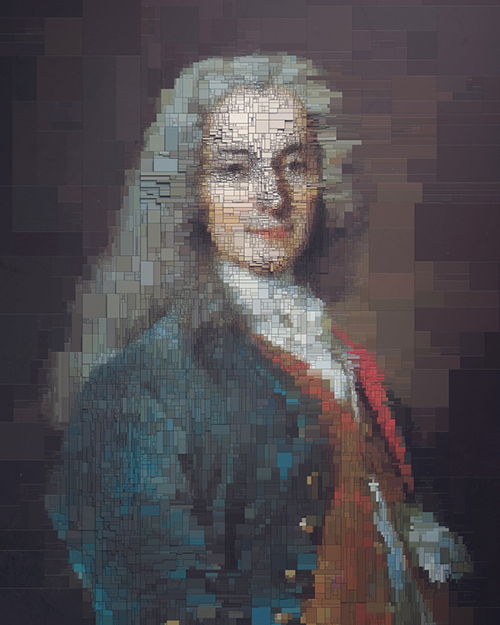Economist Robin Hanson writes on his blog Overcoming Bias about the impact of the Overton Window and the art of the possible in politics. The Overton window is defined as the spectrum of ideas on public policy and social issues considered acceptable by the general public at a given time. He starts:
The main thing that sets the size of the world economy today is the amount of innovation that has happened before today. In general we don’t induce enough innovation, as innovators tend to benefit society more than themselves. Thus better innovation institutions, which offer stronger incentives to innovate well, are probably the main way to make a better wealthier more prosperous tomorrow.
https://www.overcomingbias.com/2020/11/seeking-centrists-outside-the-overton-window.html
You’re already seeing a link with Cardano I hope. He continues:
The usual political and governance processes are about choosing among policies within the Overton window. Almost everything you see in government, politics, and the media is part of this process. As well as a great many things you don’t see. But just as important are the less visible processes that happen outside the Overton window, processes which decide which of the vast space of logically possible policies are moved closer to the edge of that window, where random fluctuations might tip them in.
So if we imagine the n-dimensional Overton Hypercube that captures the totality of all possible policies across all spectrums and all time, we can intuitively see that we are only exploring a tiny fraction of that space within our current governance structures. And if we were able to more efficiently and effectively traverse that space without getting too caught up by traditional political labels (such as left and right wing), and find the policies that were most effective, that might be a very valuable capability.
And wouldn’t it be interesting if Voltaire were able in some way to help us do that?

